The debate between DSLR and mirrorless cameras is one that sparks passion and loyalty among photographers. Each technology comes with its set of strengths and unique characteristics, leaving many aspiring photographers, who are looking to buy their first camera, wondering which is the superior choice.
The short answer, is that there is no 100% ‘better’ camera. It entirely depends on personal needs and preferences, as there are a number of not-insignificant differences between DSLR and mirrorless. Therefore, this article aims to outline these differences to better inform you and hopefully make your decision an easier one.
DSLR vs Mirrorless: The Main Difference
The most significant (and obvious) difference is that DSLR cameras have an internal mirror, and mirrorless do not. But what does this mean?
Within a DSLR, light entering through the lens is redirected by the mirror to an optical viewfinder, allowing photographers to preview the scene directly through the lens. When the shutter button is pressed, the mirror momentarily flips up, allowing light to reach the image sensor, capturing the photograph. In contrast, mirrorless cameras, as the name suggests, lack this internal mirror. Light passes directly through the lens to the image sensor, eliminating the need for the complex mirror mechanism found in DSLRs. This streamlined design contributes to the compact form of mirrorless cameras but also alters the viewing experience. Mirrorless cameras typically rely on electronic viewfinders or the camera’s LCD screen for composing shots, providing a digital preview rather than an optical one.
This one difference impacts the camera in multiple ways, as we have already began to touch on. There are pros and cons to both, so let’s expand further.
Autofocus: Speed vs. Precision
Autofocus systems in mirrorless and DSLR cameras represent a significant divergence in approach. In DSLR cameras, autofocus traditionally relies on phase-detection technology, employing a dedicated autofocus sensor that measures the convergence of two beams of light. This method offers fast and precise focusing, particularly in well-lit conditions.
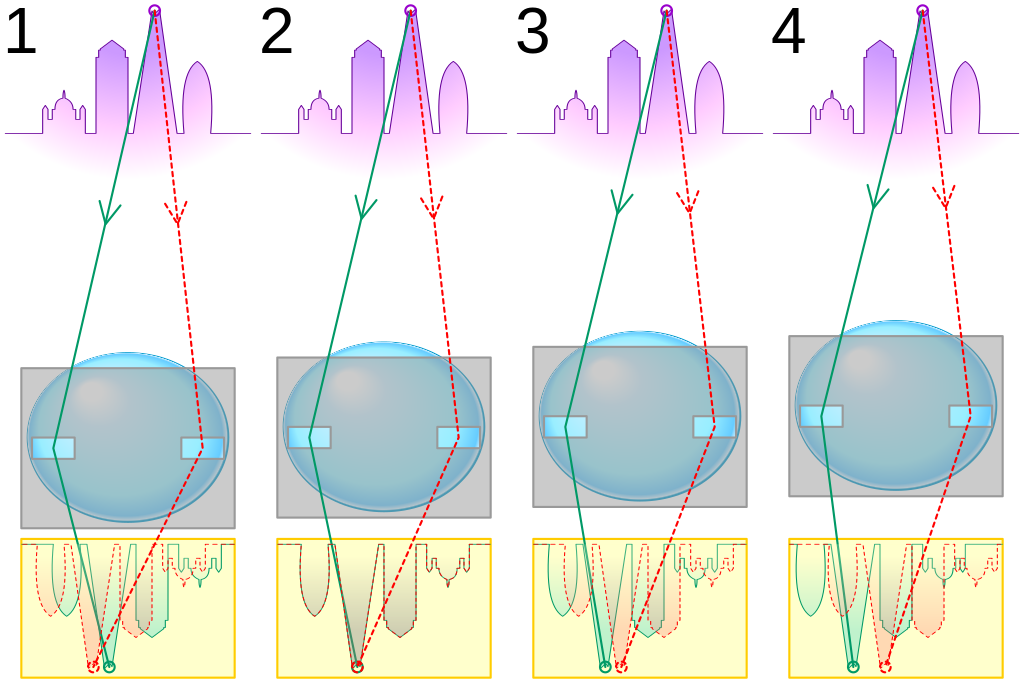
Conversely, mirrorless cameras primarily leverage contrast-detection autofocus, where the camera analyses the contrast between pixels on the image sensor until it finds the maximum contrast, indicating proper focus. While contrast-detection is known for its accuracy, it historically lagged behind phase-detection in speed.
However, the technological landscape has evolved, and many modern mirrorless cameras now integrate phase-detection pixels directly onto the image sensor, combining the strengths of both systems. This advancement has significantly narrowed the autofocus gap between mirrorless and DSLR cameras, with mirrorless cameras now often surpassing DSLRs in terms of speed, especially in low-light situations.
Viewfinder Experience: Optical vs. Electronic
The viewfinder experience in photography plays a crucial role in shaping how photographers interact with their scenes. In DSLRs, the optical viewfinder stands as a venerable technology, offering a direct, real-time optical preview through the lens. This method allows photographers to see the scene exactly as the camera sees it, providing a natural and immersive framing experience.
On the flip side, mirrorless cameras embrace electronic viewfinders (EVFs), introducing a digital dimension to the viewing process. EVFs offer a dynamic and customisable display, showcasing real-time changes to exposure, white balance, and depth of field. While some photographers cherish the authenticity of optical viewfinders, others appreciate the versatility and informational overlay that electronic viewfinders bring, adding a layer of convenience to the creative process.
Ultimately, the choice between optical and electronic viewfinders boils down to personal preference and the specific requirements of the photographic task at hand.
Size Matters: Portability and Manoeuvrability
Size matters (we’re still talking about photography), and this is where the inherent advantage of mirrorless cameras comes to the forefront. Characterised by their compact and lightweight design, mirrorless cameras present a paradigm shift in portability and manoeuvrability. The reduced bulk makes them a go-to choice for photographers on the move, perfect for those who prioritise agility in various shooting environments.
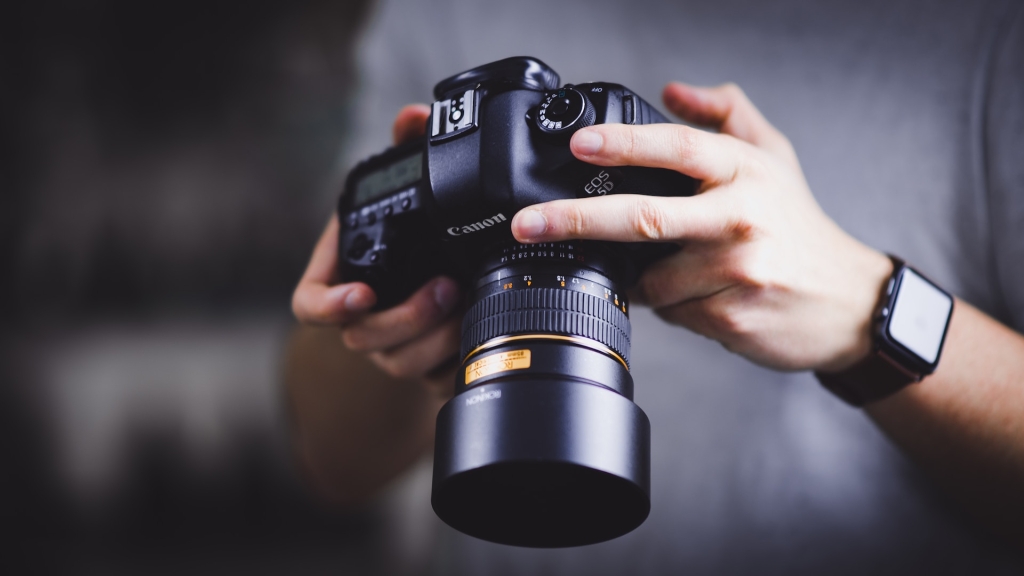
This design evolution is particularly beneficial for travel and street photography, where the ability to swiftly navigate urban landscapes or capture fleeting moments can make all the difference. With mirrorless cameras, the emphasis on size not only enhances ease of transport but also opens up new possibilities for creative exploration in dynamic and fast-paced settings.
Speaking to new photographers, I am aware they often underestimate how valuable size, weight and portability can be, especially for street, wildlife and landscape photography. Now you’re reading this article, do not be one of these people! It can make a massive difference – not only to the images you’re able to capture but to your enjoyment. Nobody wants to haul a massive bag full of heavy camera gear up a mountain or around a city.
Battery Life and Endurance
Historically, DSLRs have enjoyed an advantage in this department, as their optical viewfinders and simpler mirror-based mechanisms generally consume less power. On the flip side, the more complex electronic components in mirrorless cameras, such as electronic viewfinders and constant sensor operation, tend to demand more energy.
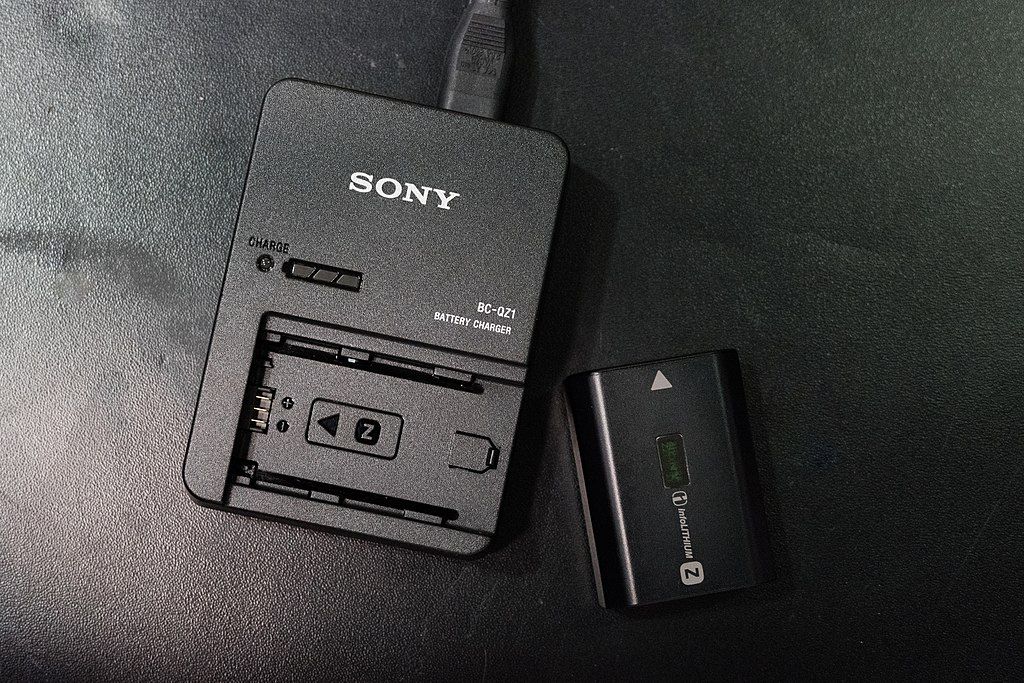
However, with rapid technological advancements, the gap is narrowing. Mirrorless cameras are benefiting from improved battery efficiency, and manufacturers are employing innovative strategies, such as more energy-efficient sensors and power-saving modes, to extend battery performance. While DSLRs may still hold the edge in overall battery life, the progress in mirrorless technology is steadily addressing this concern, making it less of a decisive factor for photographers when choosing between the two systems.
Shutter Noise: Silent or Satisfying
Shutter noise, often an overlooked aspect of camera systems, can significantly impact the shooting experience and the environment in which photographers operate. DSLRs, with their mechanical mirrors and shutters, can produce audible clicks during each exposure, which might be a consideration in quiet settings or when discretion is paramount.
In contrast, mirrorless cameras, lacking the moving parts found in DSLRs, offer a quieter shooting experience. The absence of mirror slap and the use of electronic shutters in some mirrorless models contribute to a near-silent operation, making them advantageous for scenarios where minimising noise is crucial, such as during events or wildlife photography.
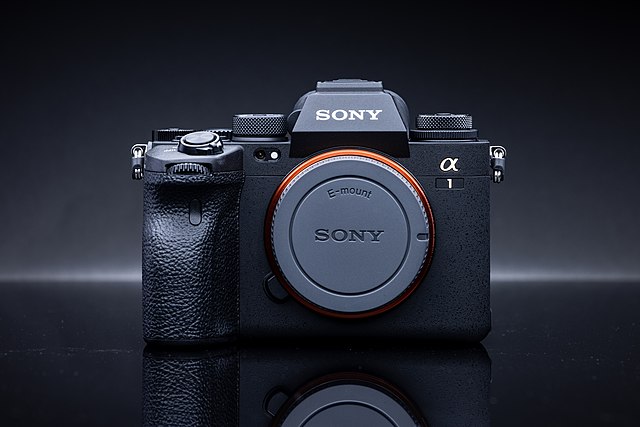
While some photographers appreciate the tactile feedback of a traditional shutter sound, others find the discreetness of mirrorless cameras beneficial for unobtrusive capturing of moments. The choice between DSLR and mirrorless, in this regard, depends on individual preferences and the specific demands of the shooting environment.
Is a mirrorless camera better than a DSLR?
The debate over whether a mirrorless camera is better than a DSLR doesn’t lend itself to a clear-cut answer, as it hinges on individual preferences, shooting requirements, and technological priorities.
Both systems have their strengths, with DSLRs excelling in certain areas like battery life and an extensive range of native lenses, thanks to being the technology with a longer history, while mirrorless cameras boast advantages in terms of compact design, advanced autofocus systems, and silent shooting capabilities. Ultimately, the “better” choice depends on the photographer’s specific needs and comfort with certain features.
However, if we consider the future of the industry, where the technology is going and what manufacturers are focusing on, it is quite clear that mirrorless is the ‘better’ choice most of the time.
Of course some will disagree with me, as there are plenty of benefits to using a DSLR, as mentioned above – the key is to align your choice with the type of photography you engage in and the features that matter most to you.
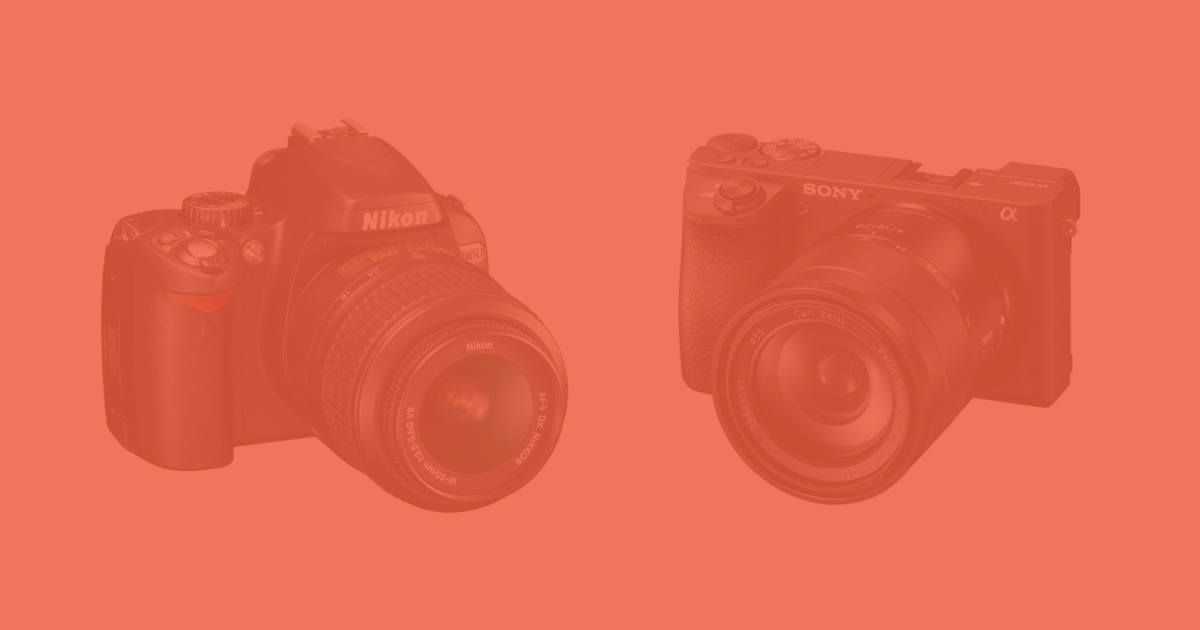
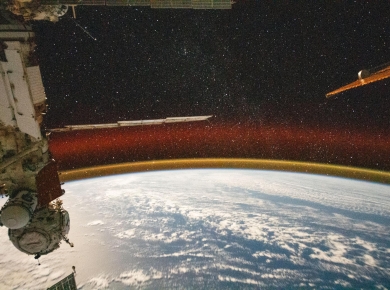

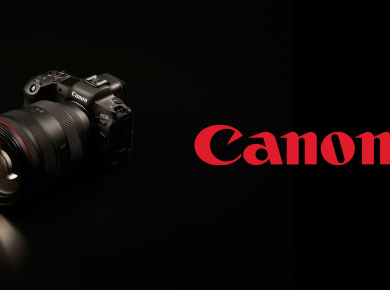
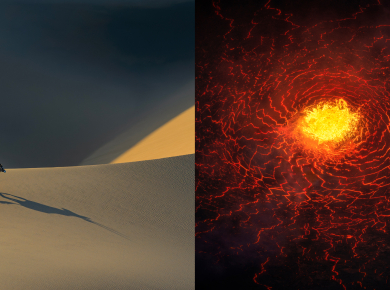

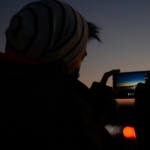




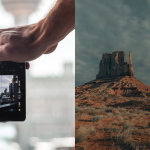

2 Comments